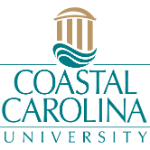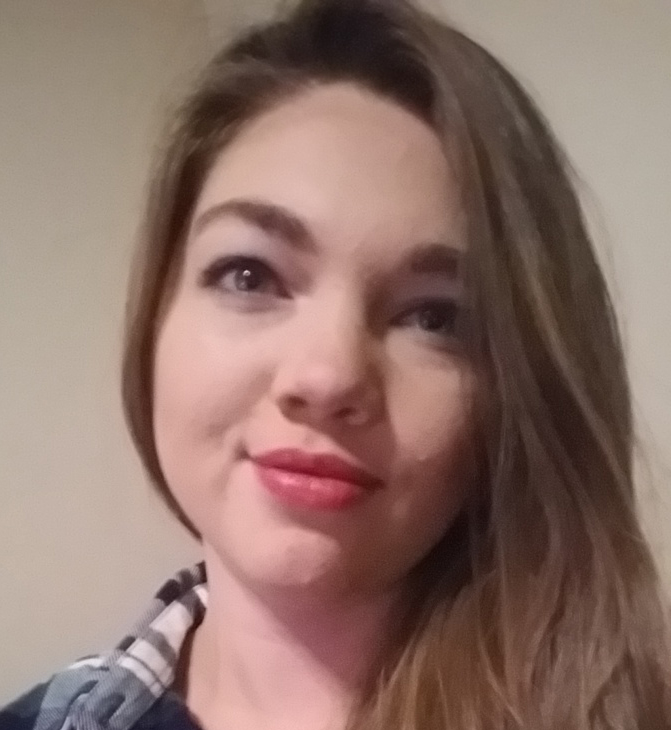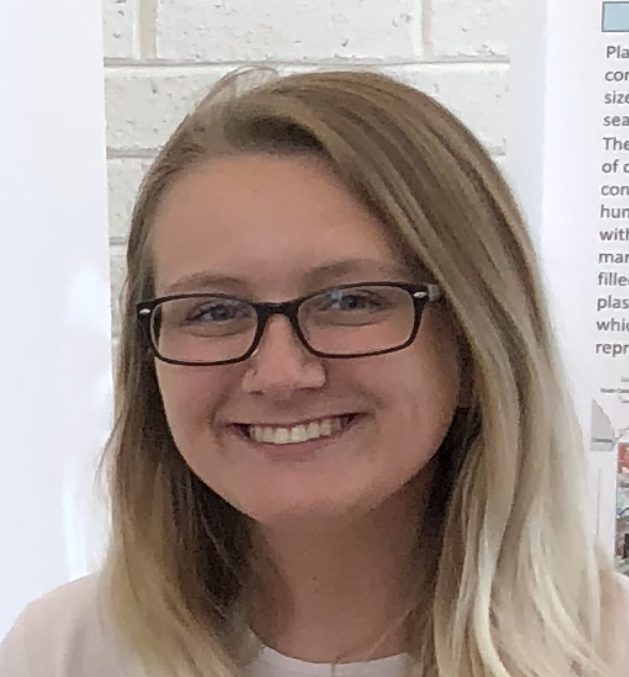Below is a summary of the abstract you submitted. Presenting author(s) is shown in bold.
If any changes need to be made, you can modify the abstract or change the authors.
You can also download a .docx version of this abstract.
If there are any problems, please email Dan at dar78@pitt.edu and he'll take care of them!
This abstract was last modified on May 2, 2018 at 1:16 p.m..

Phage therapy can be used to combat bacterial diseases by treating patients with phages that lyse infectious bacteria. Because antibiotic resistant bacteria are on the rise, phage therapy is currently being explored as an alternative to antibiotics. Comparative analysis can be used to identify phages or genes within phages that have therapeutic potential. Using Mycobacterium smegmatis as a host, Hangman was isolated at Coastal Carolina University, South Carolina in the fall of 2017 and belongs to subcluster B4. During annotation of Hangman, we discovered lysin A belongs to a pham that includes lysin A genes from cluster K phages, some of which infect Mycobacterium tuberculosis. We performed comparative and phylogenetic analysis of Hangman with other phages that show broad host specificity. Our results will be used to assess the potential of Hangman for phage therapy.


